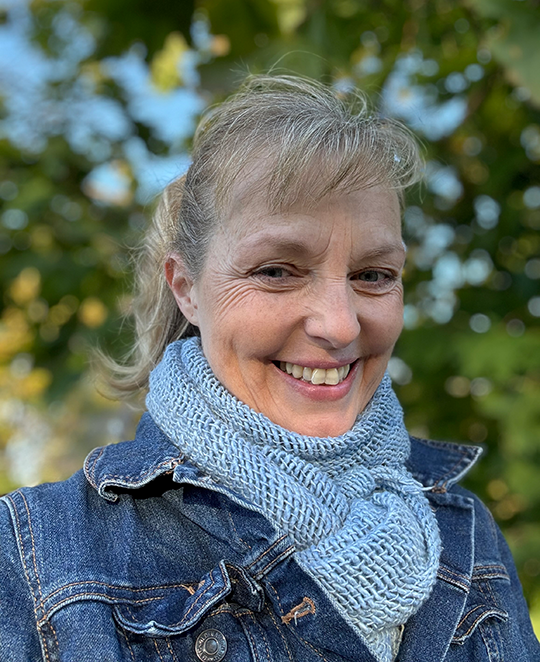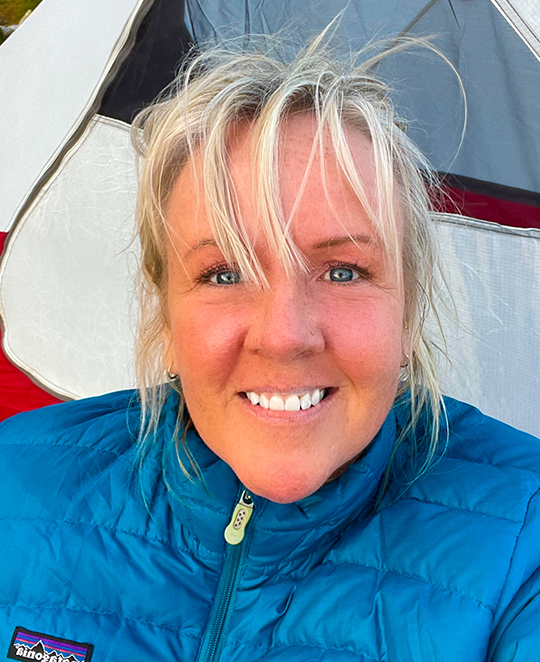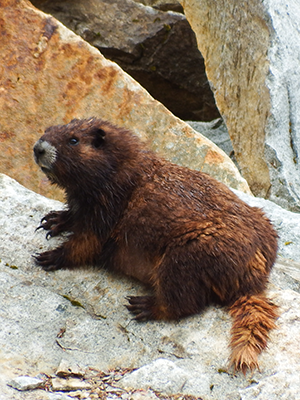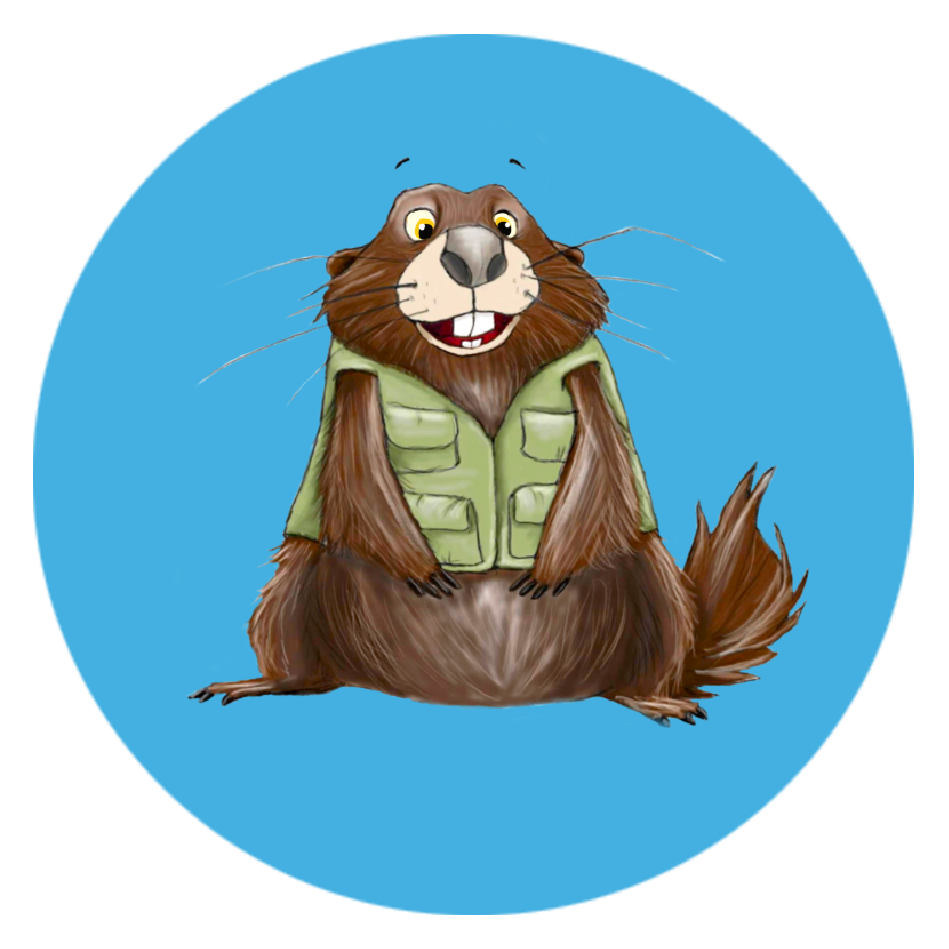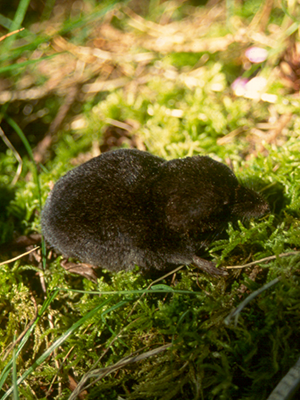
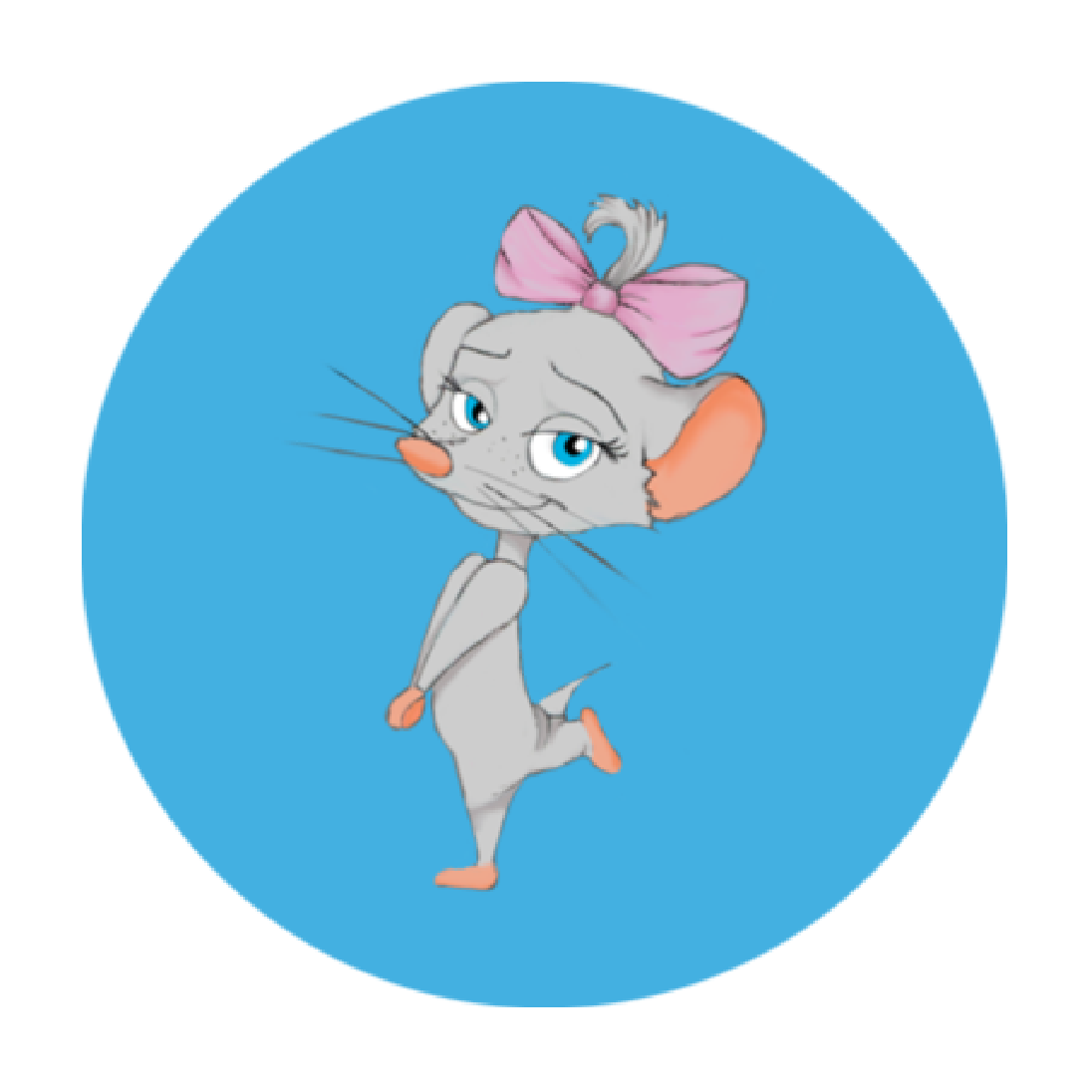
Sassy is a Pacific Water Shrew
The world’s smallest diving mammal that can literally walk across water. The special design of their feet give them outstanding athletic ability. They also use their sensitive whiskers to locate food through vibrations on land or underwater.
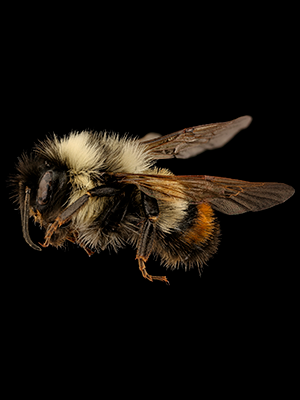
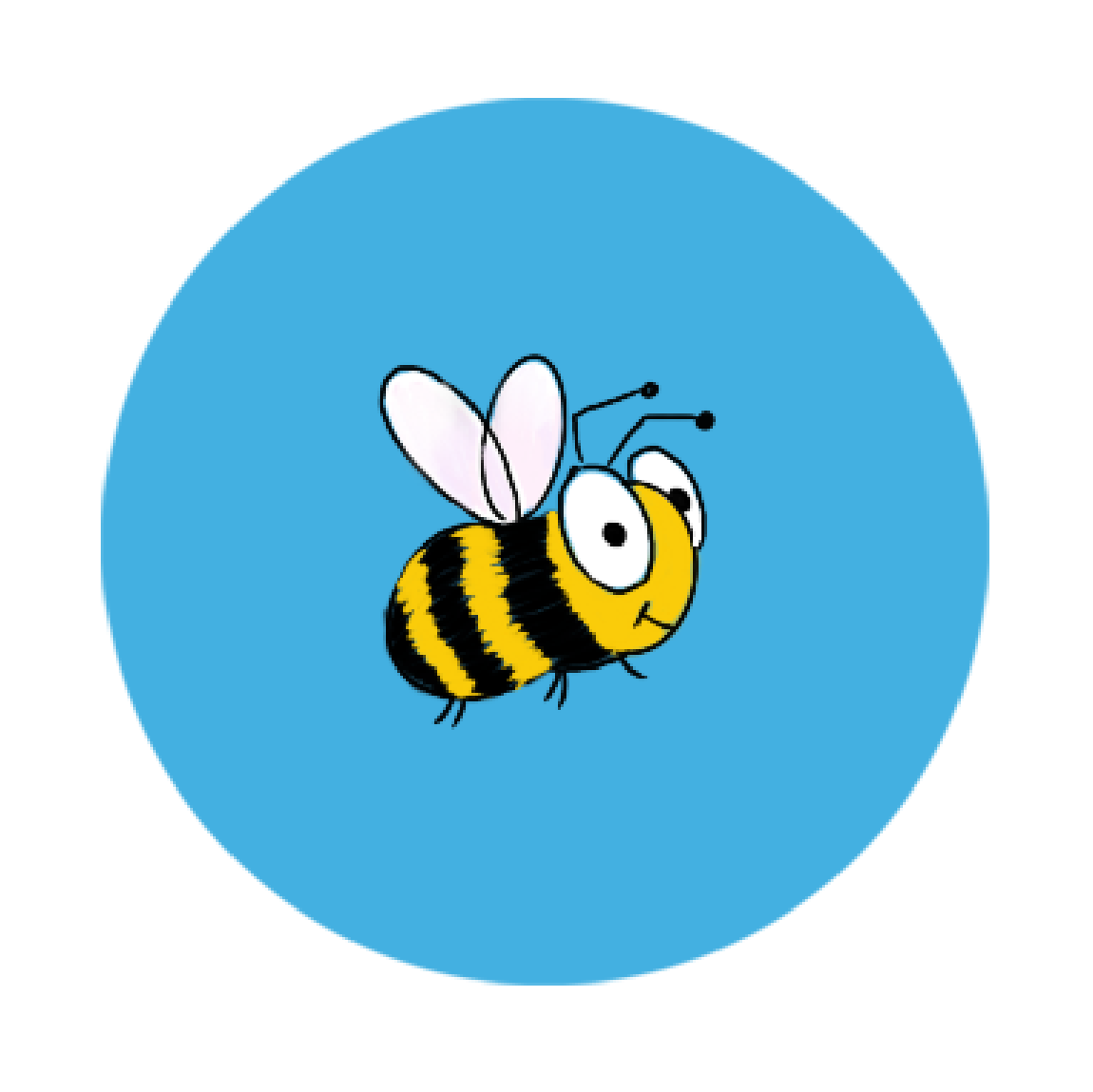
Rusty is a Rusty Patched Honey Bee
Rusty patched honey bees differ from other bees. They carry their “pollen baskets” on their hind legs. They can be tracked by scientists through the distinct marks that they leave behind on flowers.
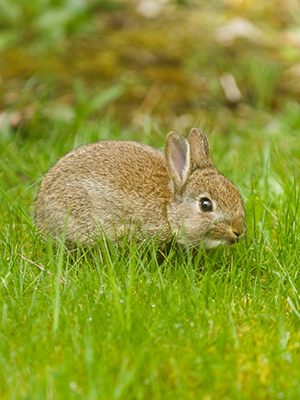
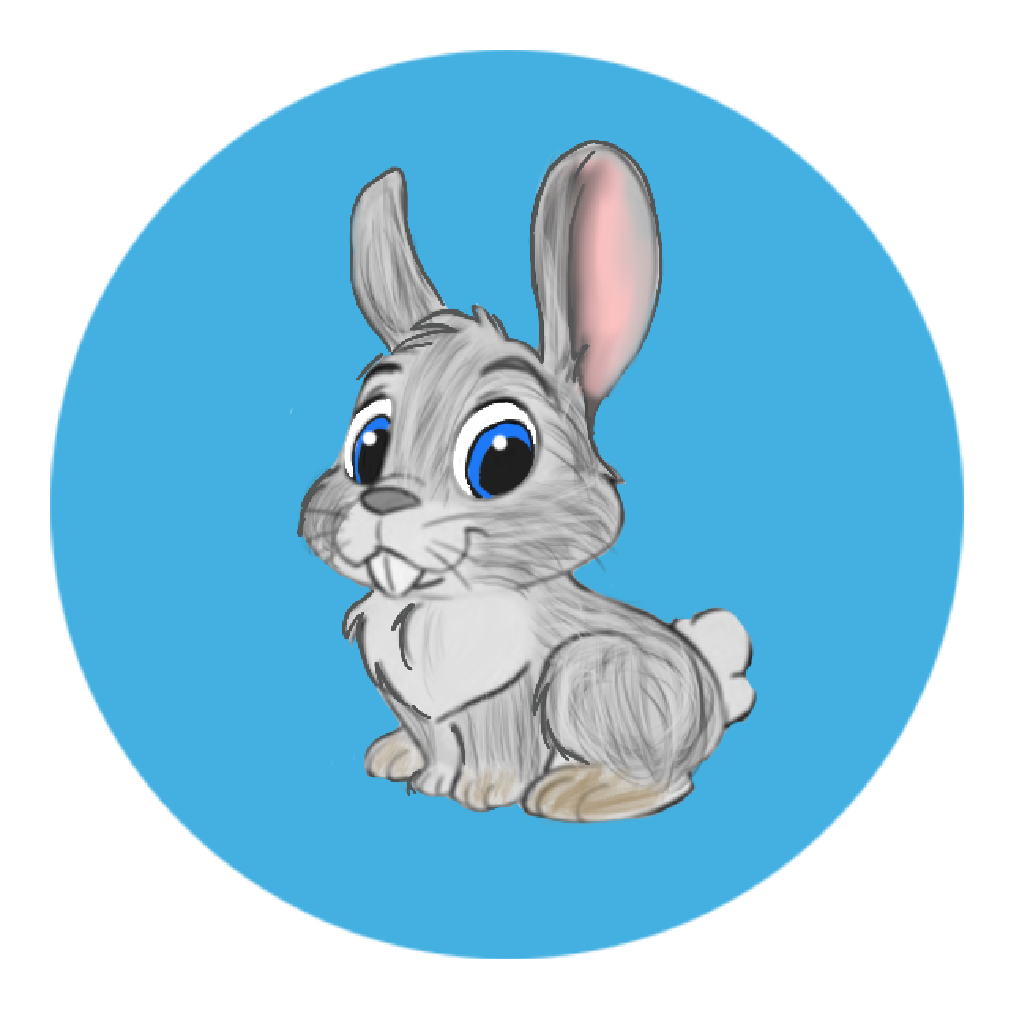
Matilda is a Columbian Pygmy Rabbit
These are the smallest rabbits in North America. They are the only native rabbit known to dig their own burrows. Sagebrush is the main staple of their diet. As this is not readily available, it limits their rehabilitation.
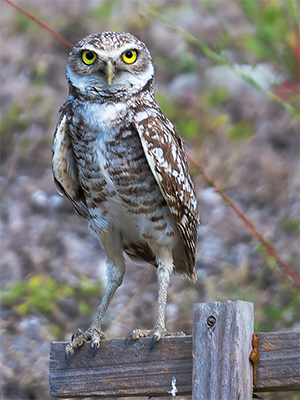
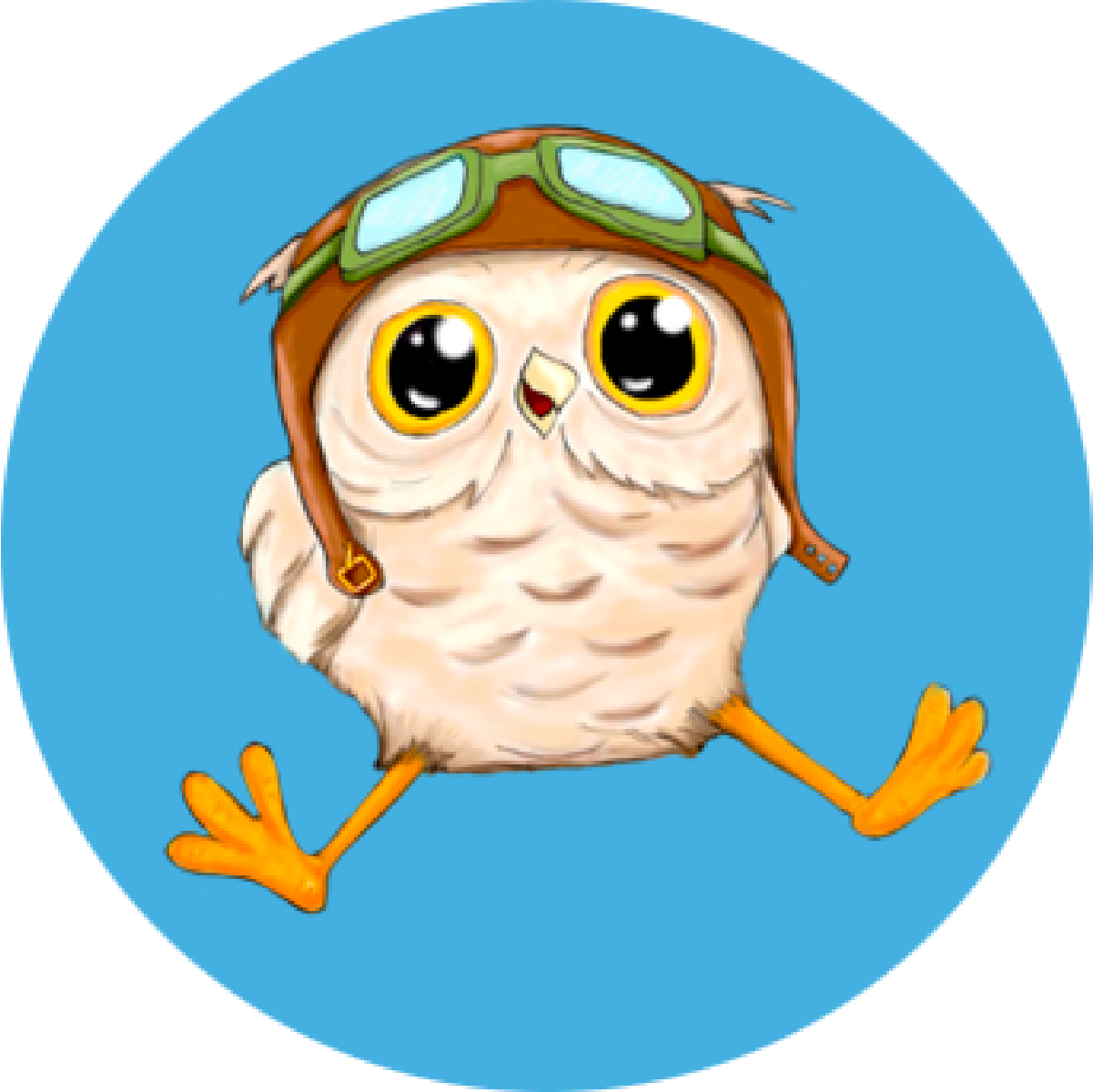
Bernie is a Burrowing Owl
Burrowing owls behave contrary to most by using their long powerful legs to dig underground during daylight hours. Males and females look almost exactly alike however only the males make the “coo coo” calls.
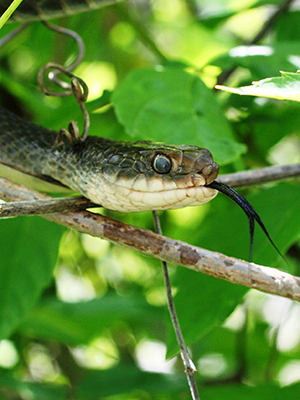
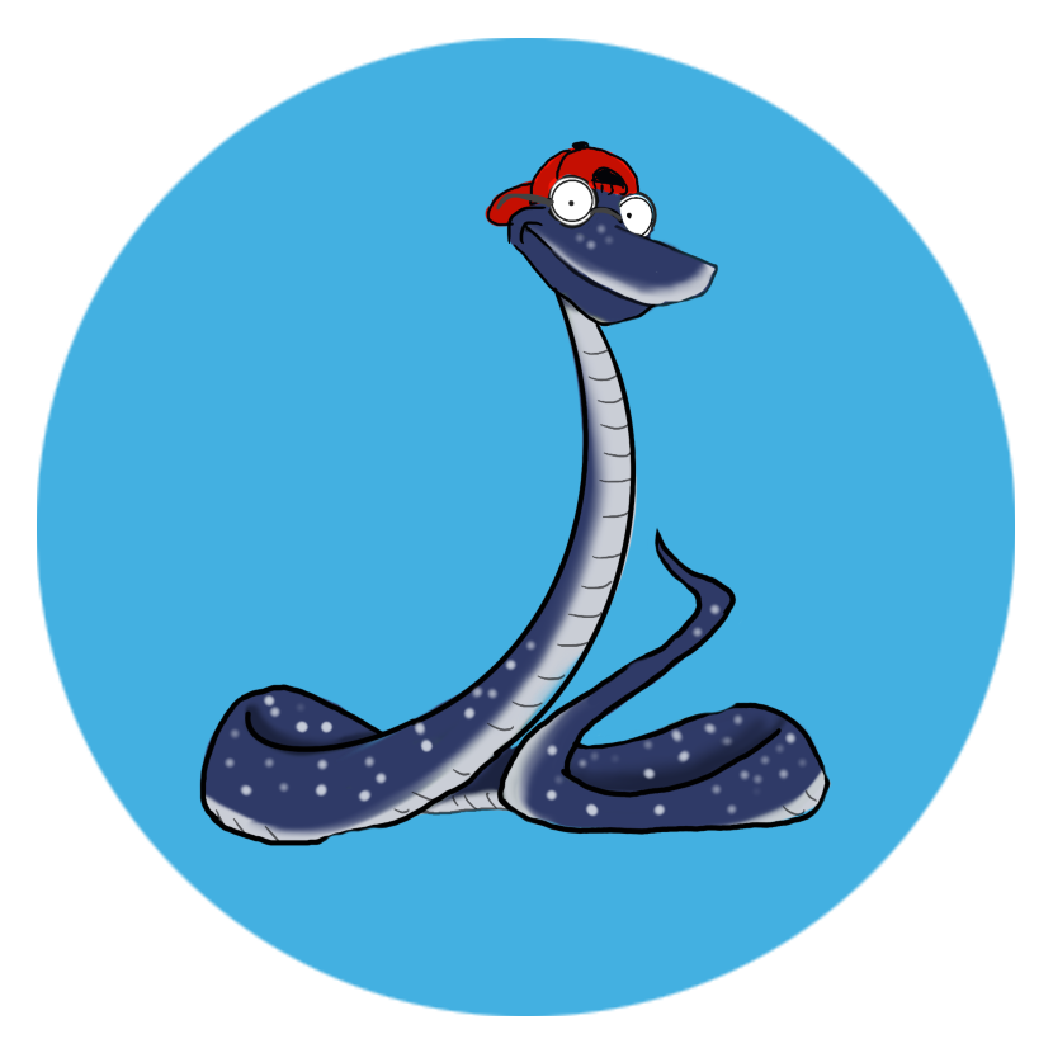
Racer is a Blue Racer Snake
Blue racer snakes are the fastest snakes in North America. They easily escape their predators with the help of their keen eyesight. Despite hibernating in groups of 100 or more, they are rarely spotted in Canada.
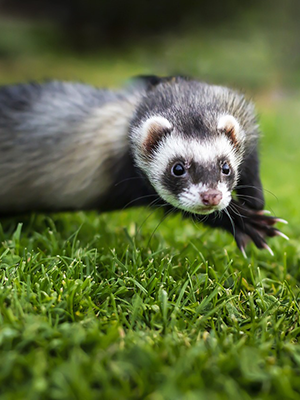
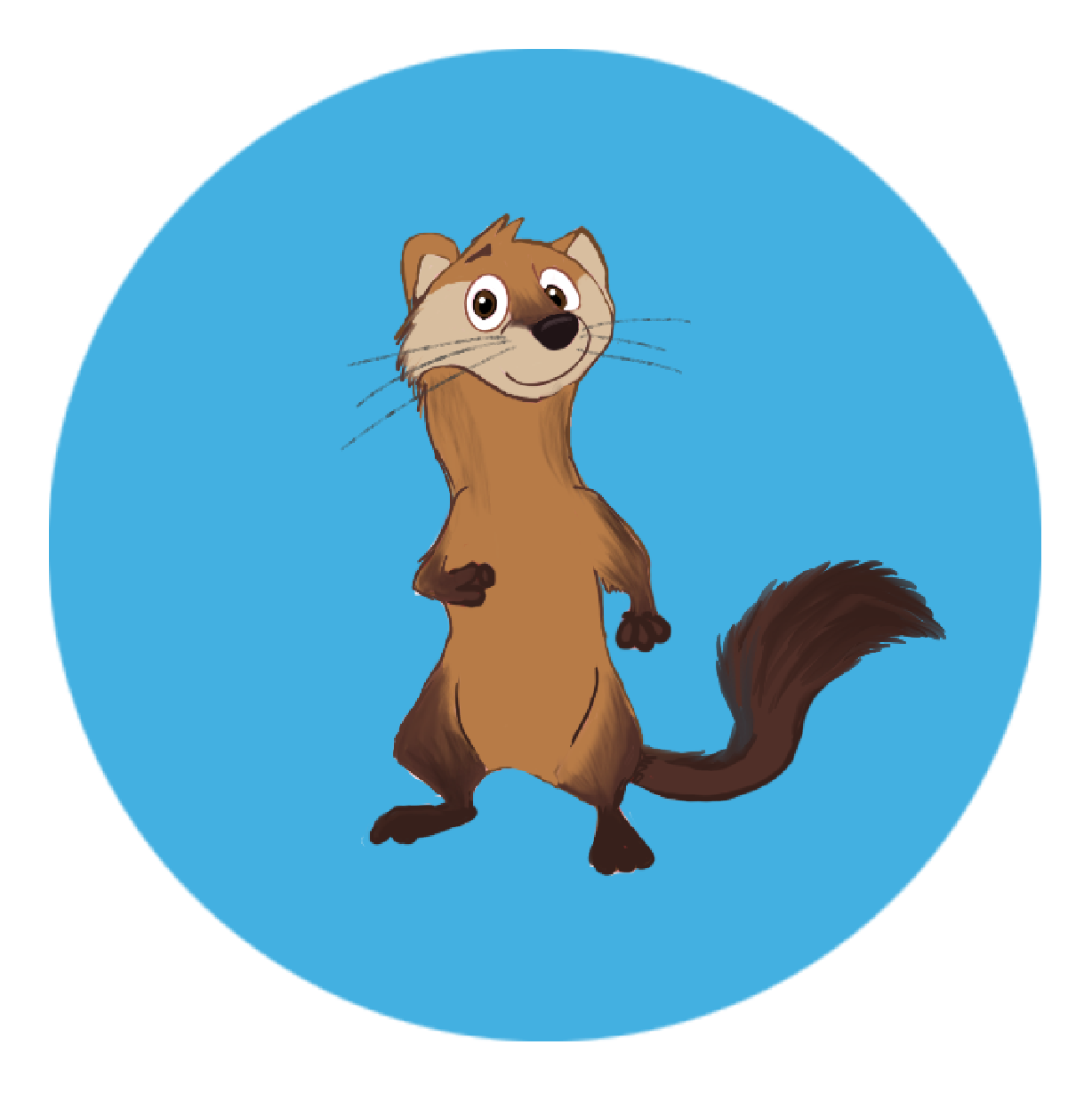
Faruq is a Black Footed Ferret
Black footed ferrets were almost completely extinct however they are now considered extirpated as around 300 live in zoos. Females are called "Jills" and males are called "Hobs".
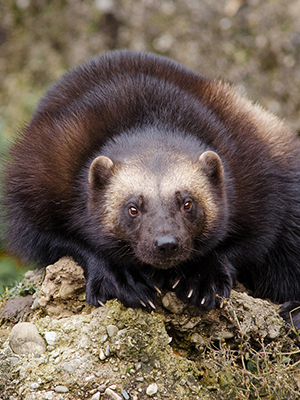
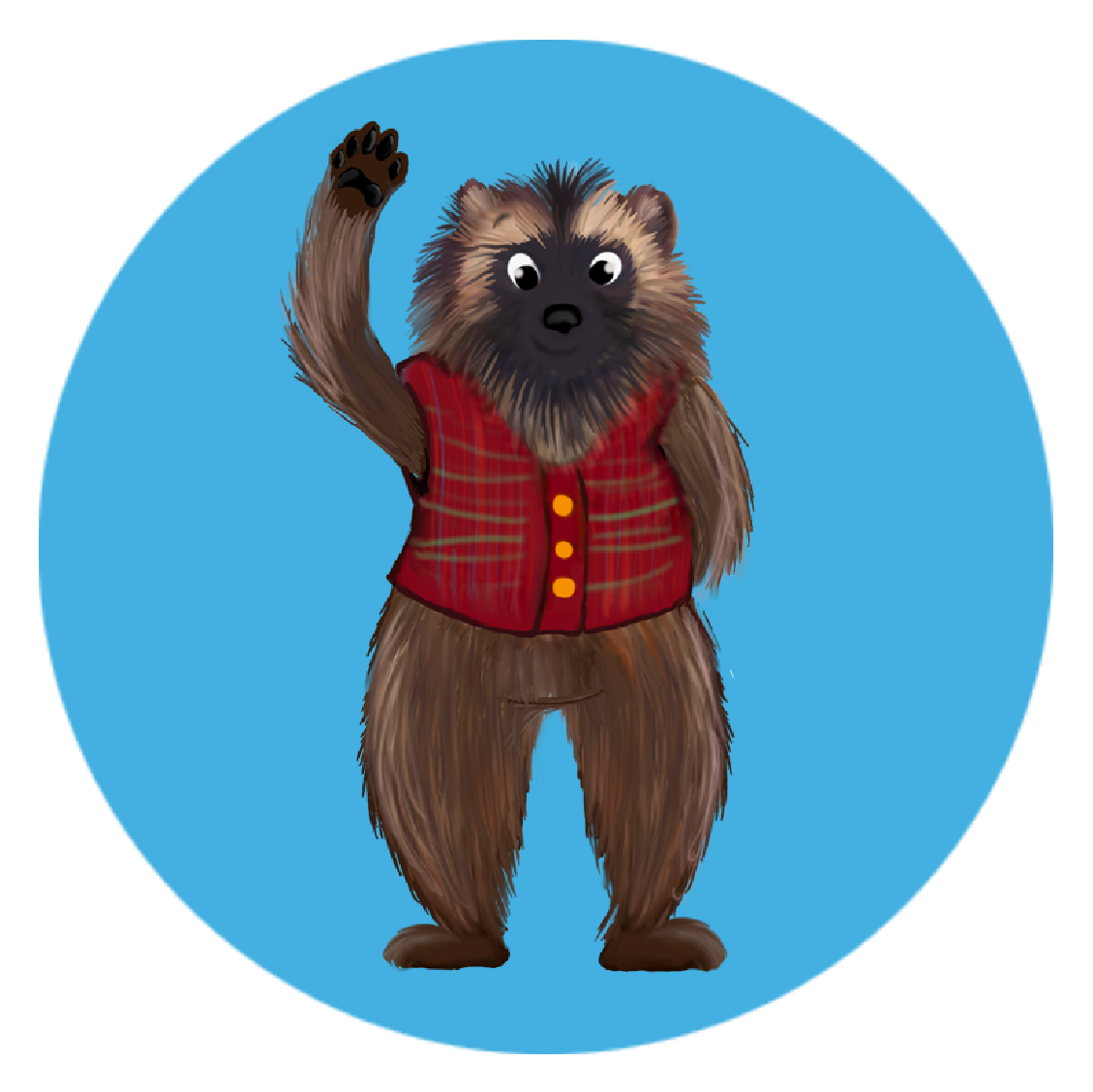
Mr. Wolverine is a Wolverine
Wolverines are known for their fearless nature using their retractable claws to tackle predators that are even twice their size. They are not picky eaters and feast on everything from mice and voles to moose and caribou carcasses.
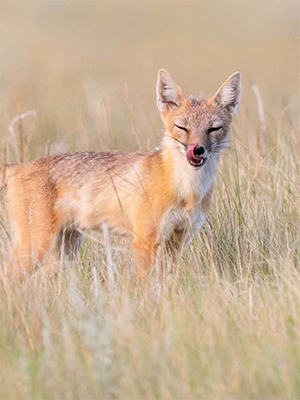
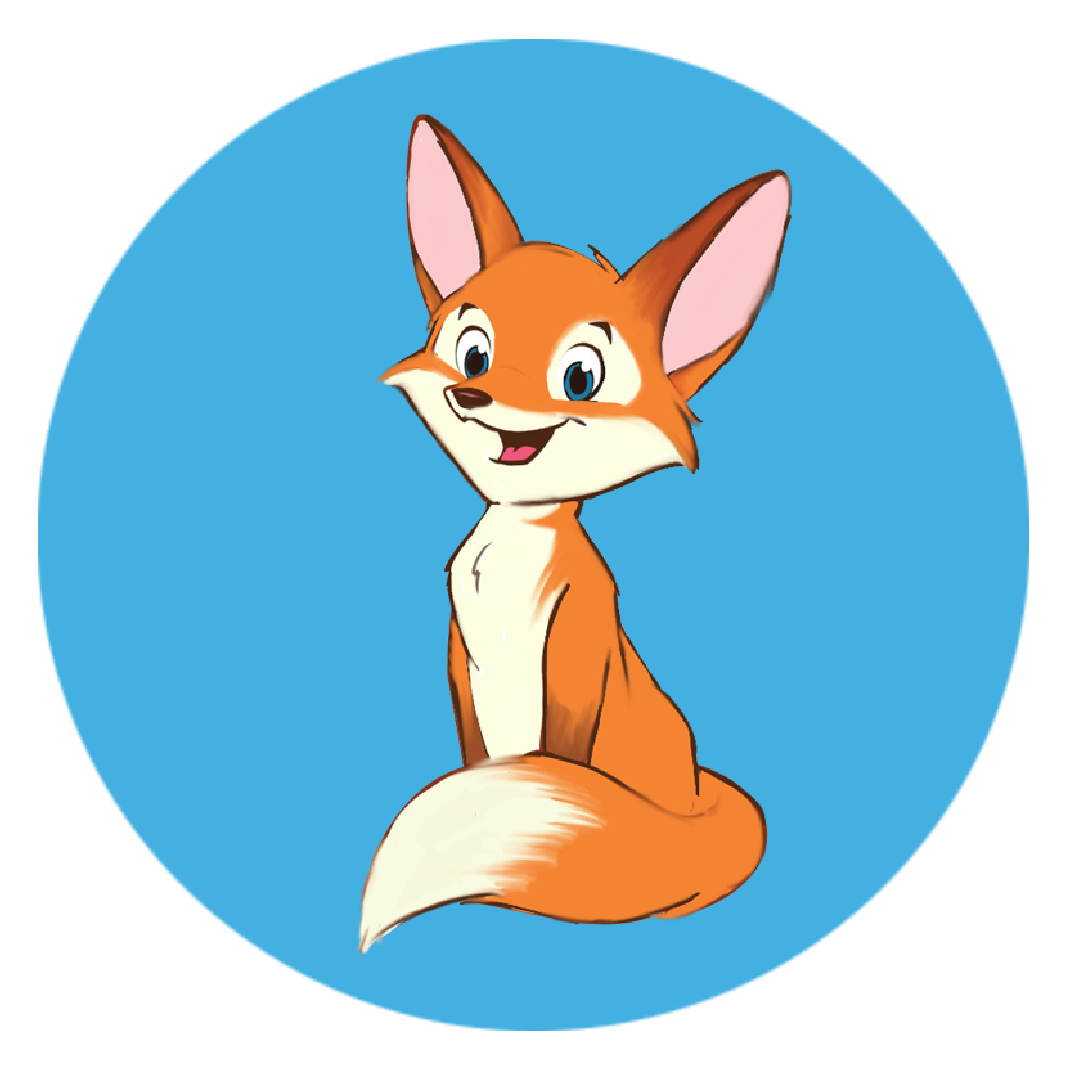
Swifty is a Swifty Fox
Swifty foxes are small in stature being similar in size to a house cat. Their population has quadrupled recently making them the most successful reintroduction of endangered species in the world.
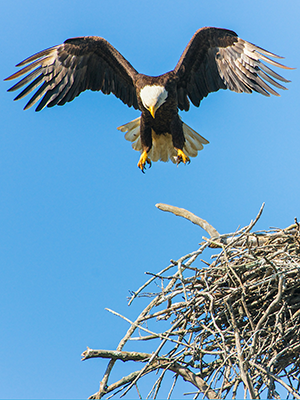
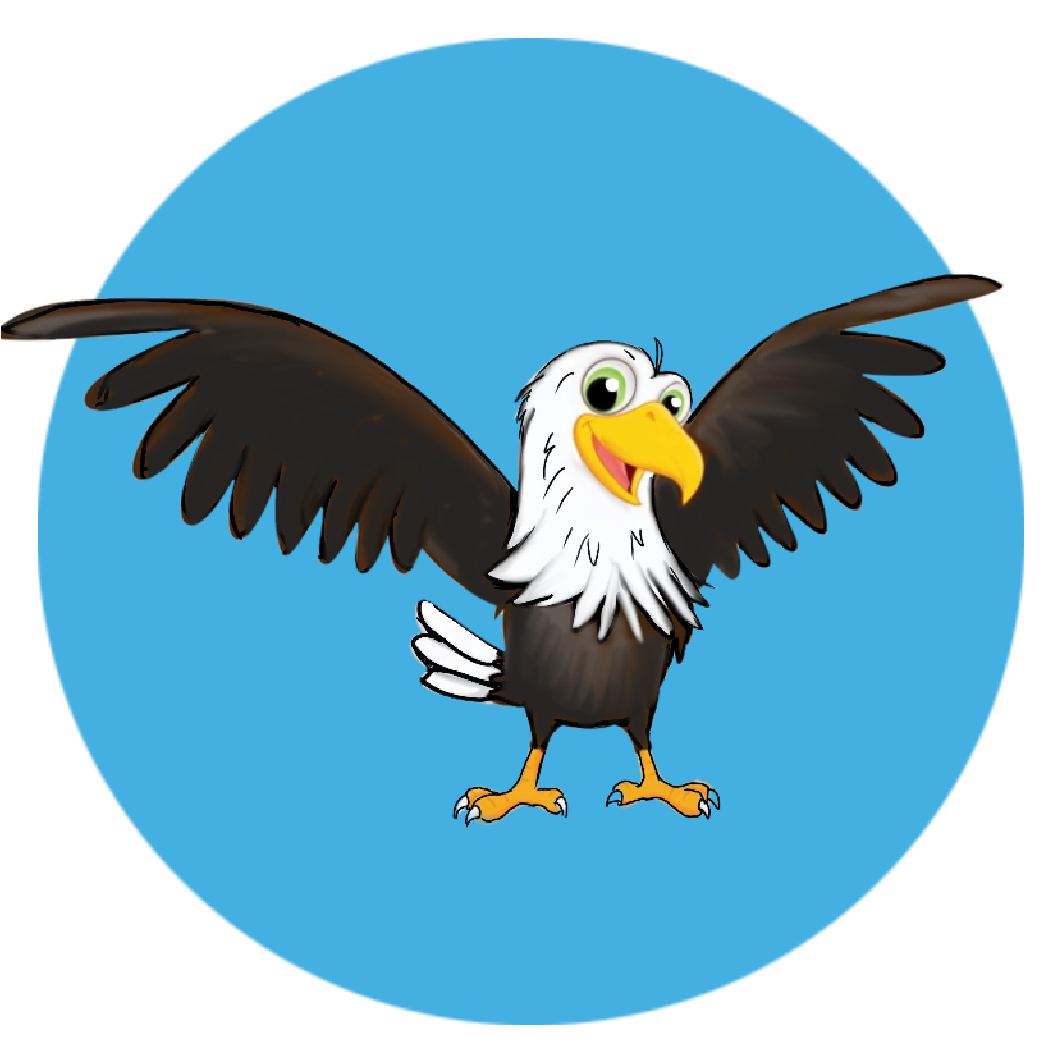
Arnie is a Bald Eagle
Bald eagles aren’t actually bald, but have white feathers on their heads. If they lose a feather from one wing, their bodies compensate by dropping a feather on the other to maintain balance.
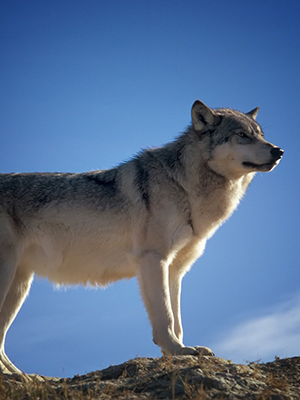
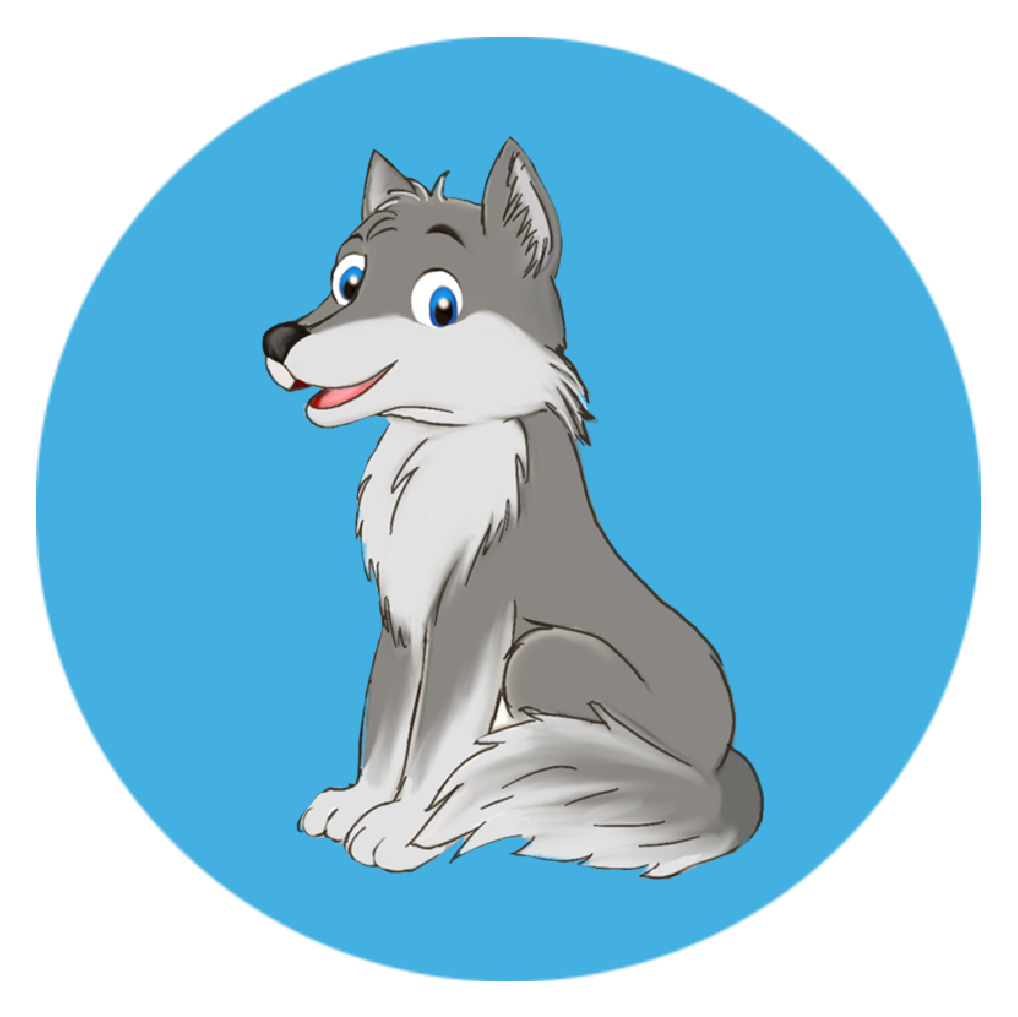
Gunner is a Gray Wolf
Unlike dogs, gray wolves have 2 extra front toes that are webbed to help them swim and walk on snow. Their keen sense of smell is 100 times better than a human.
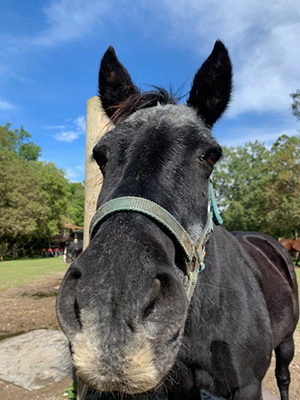
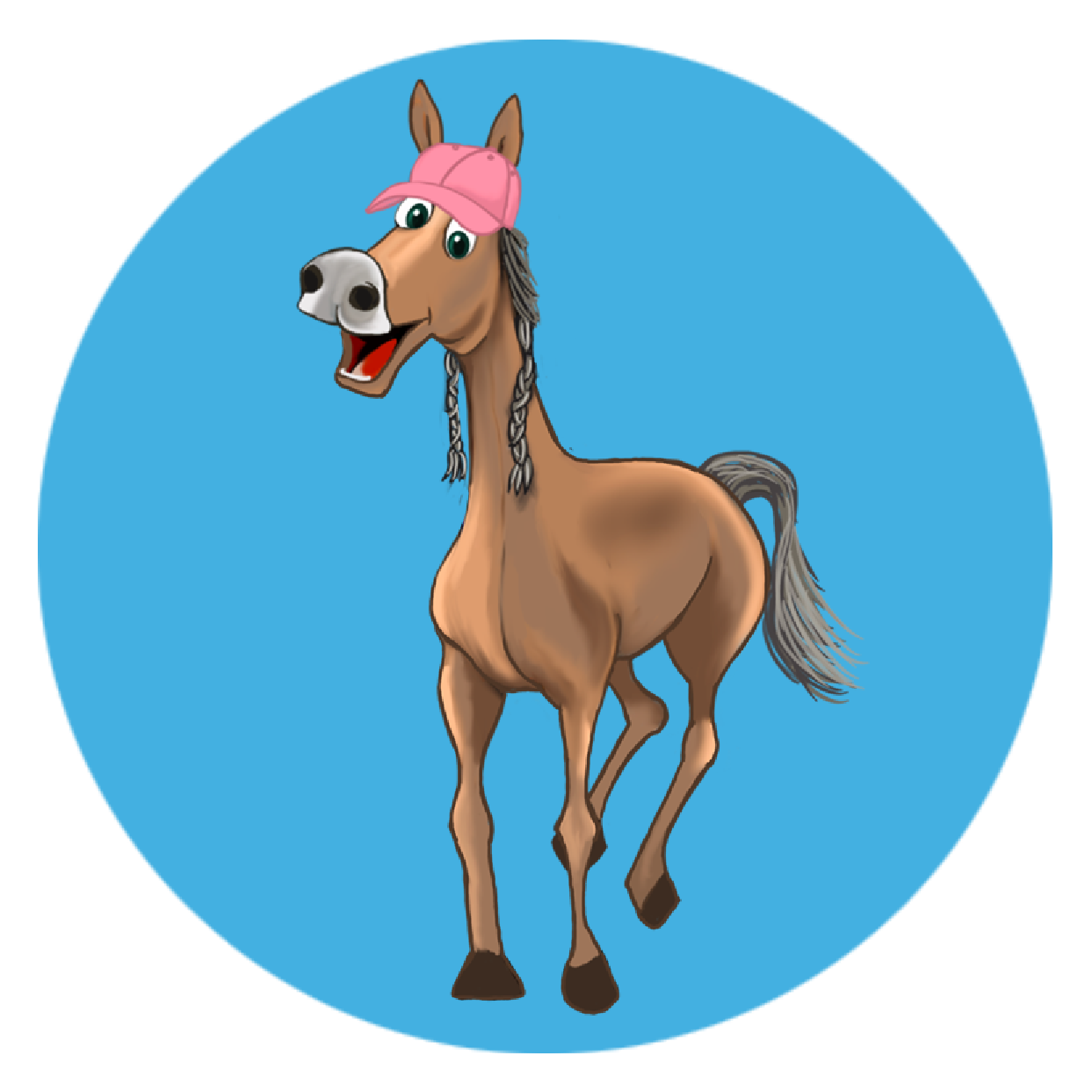
Spindle is a Lac La Croix Indigenous Pony
Lac La Croix Indigenous ponies, also known as Ojibwe ponies, were originally found in the wild at Lac La Croix First Nation in Northwestern Ontario. They are often used as therapy animals due to their friendly nature.
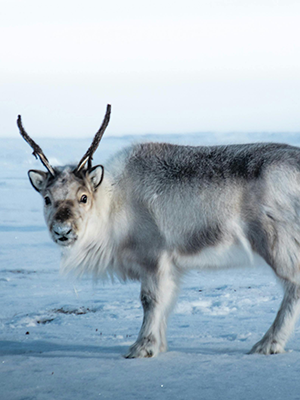
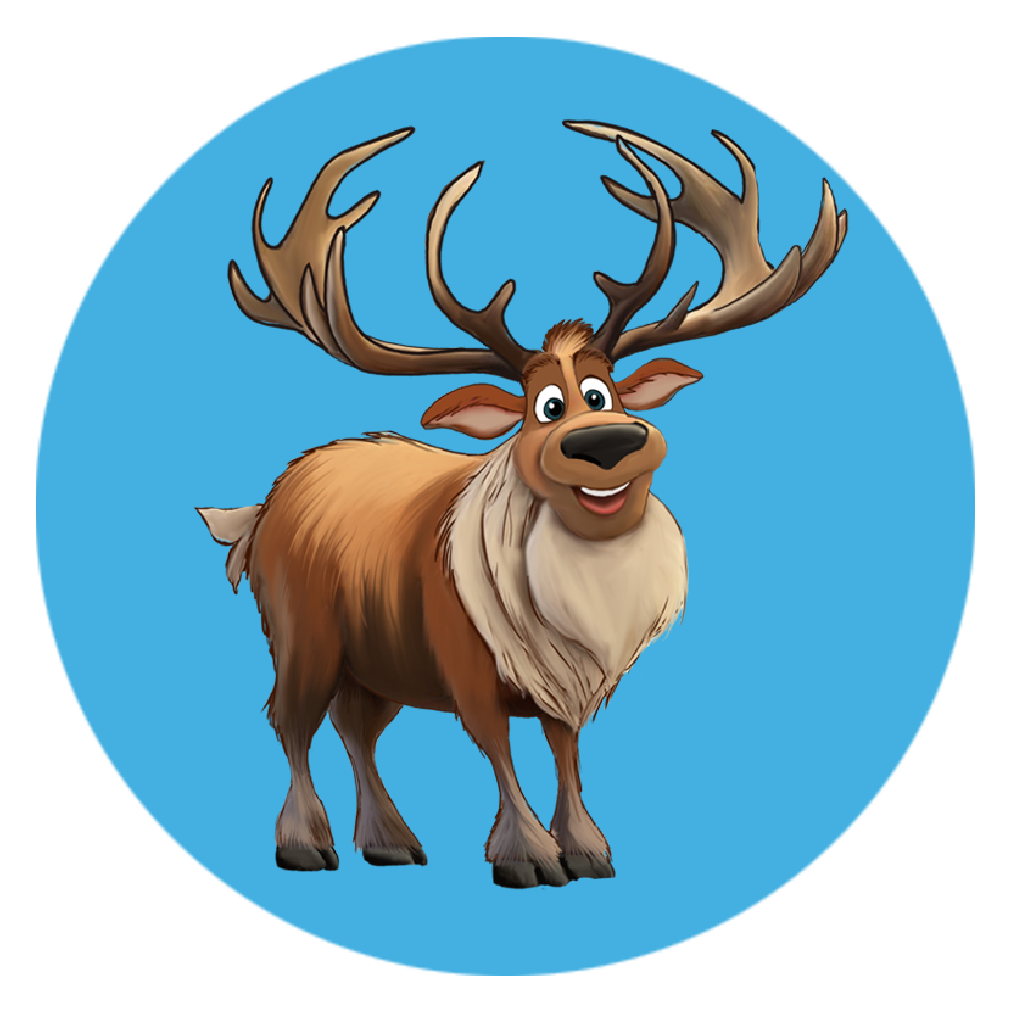
Peary is a Peary Caribou
Peary caribous can often be spotted with purple stained muzzles as they love to feast on their favourite purple saxifrage. Both males and females grow antlers.



